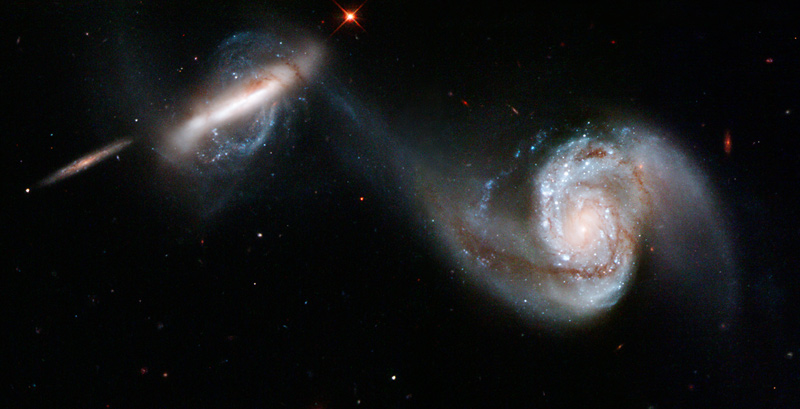Kepler to Launch Soon
By BellatrixThe Kepler Spacecraft is one step closer to launch. The Kepler spacecraft is set to launch in March of 2009, and its now packed up and ready to ship off to Cape Canaveral.
The launch of the Kepler Spacecraft will be an exciting one for planet hunters. It is named for the Dutch astronomer/mathematician Johannes Kepler who back in the 1500s derived some very important empirical laws describing planetary orbits. This spacecraft will be the most advanced piece of technology in the ever-growing arsenal used to detect exosolar planets. Kepler will monitor more than 100,000 stars simultaneously for signatures of planets of all sizes and orbital distances including earth sized planets. It will have the ability to detect rocky planets like Earth and ones that are located in the habitable zone of a star. For those unaware, the habitable zone is the area surrounding a star where the temperature i.e. distance from the star is such that life is possible. So in our solar system the habitable zone is more or less where Earth is and out to Mar’s orbit. So Kepler is not only expected to be the first to measure a Earth sized planet around a similar star but hopefully it should be able to tell us if they are rare or common, and thus whether possible life is rare or common.
Kepler is currently at the Ball Aerospace & Technology Corporation in Colorado, ready to leave for Florida. It hasp assed all its environmental tests and its pre-ship review. It will be launched atop a Delta 2 rocket and sent into an earth trailing solar orbit. It will be a solar orbit as opposed to the usual earth orbit so that earth will not obstruct its view of the stars since it will need considerably long exposure time to see such small planets. The telescope will be pointed at Cygnus, which is outside the elliptic of the solar system, which will prevent sunlight from obstructing the view of outside stars. Looking at Cygnus will also keep objects form the Kuiper Belt and asteroid belt from obstructing the starlight. The telescope will have a 1.4-meter mirror on it, the largest of any space based telescopes yet.
So with any hope the mission will launch as scheduled on March 5th. It has already been delayed several times due to budget issues (it was originally scheduled to launch in 2006 and is costing an estimated $467 million dollars). NASA other original mission to hopefully find earth-sized planets, the Terrestrial Planet Finder, was cancelled due to budget issues. But I think that this is one area in astronomy right now that has the most public support, so the most chance to receive funding. The general public may not be so concerned with something like WMAP (a spacecraft used to study the cosmic microwave background radiation) but the general public knows about finding other planets, about finding life outside of here; that is something easy to understand and still very exciting. So hopefully if Kepler is successful it will not only renew some lost passion for astronomy by the general public but also generate funding for future projects.

